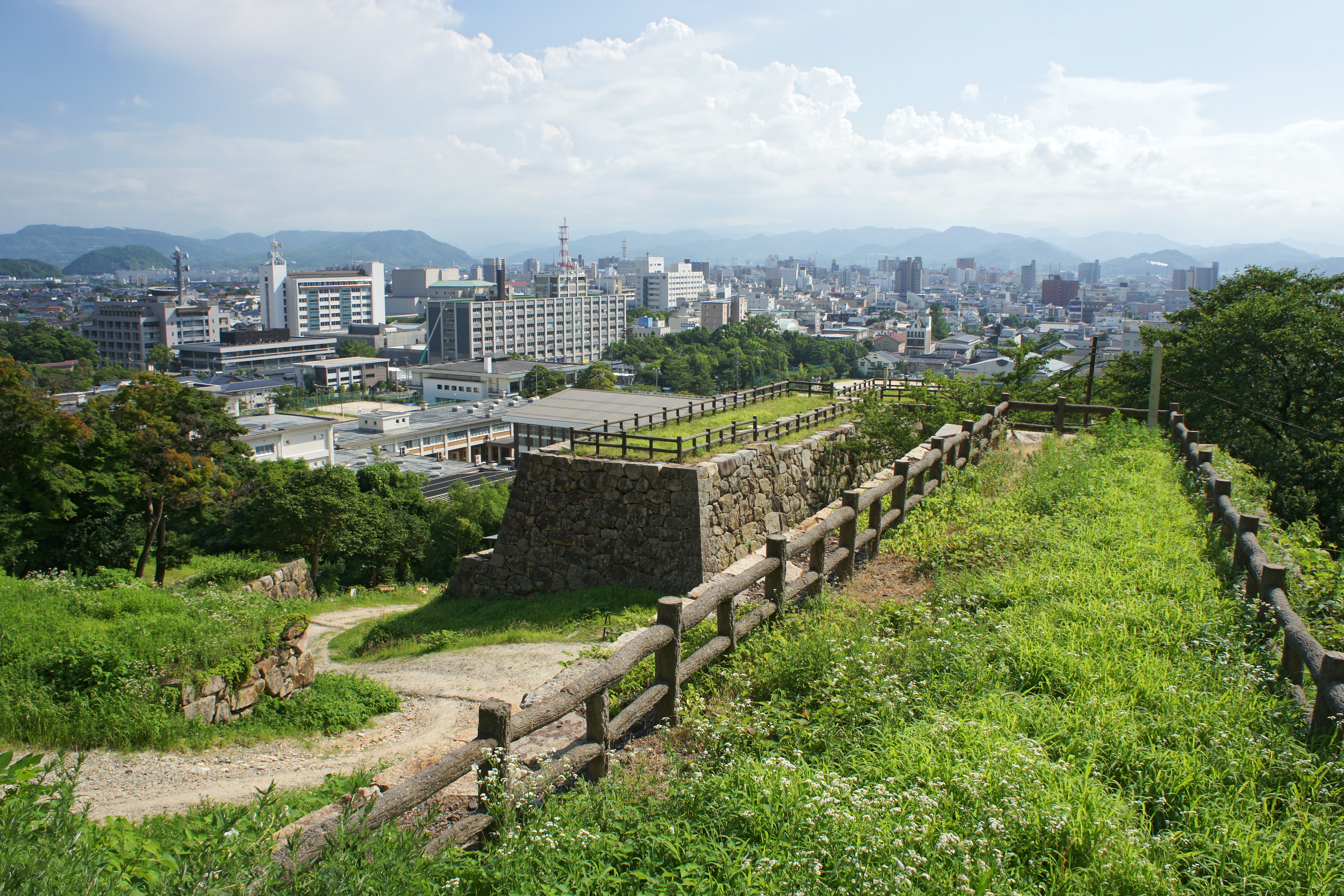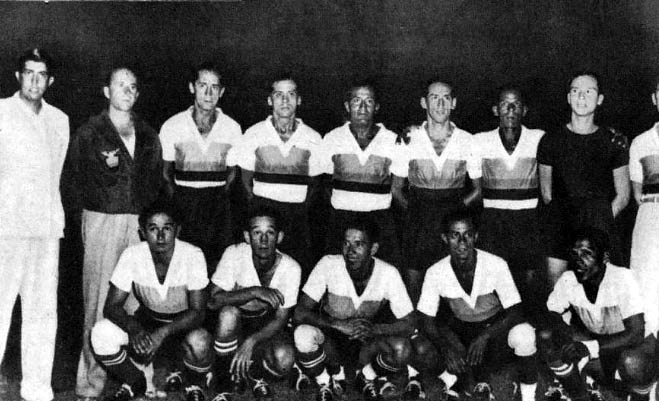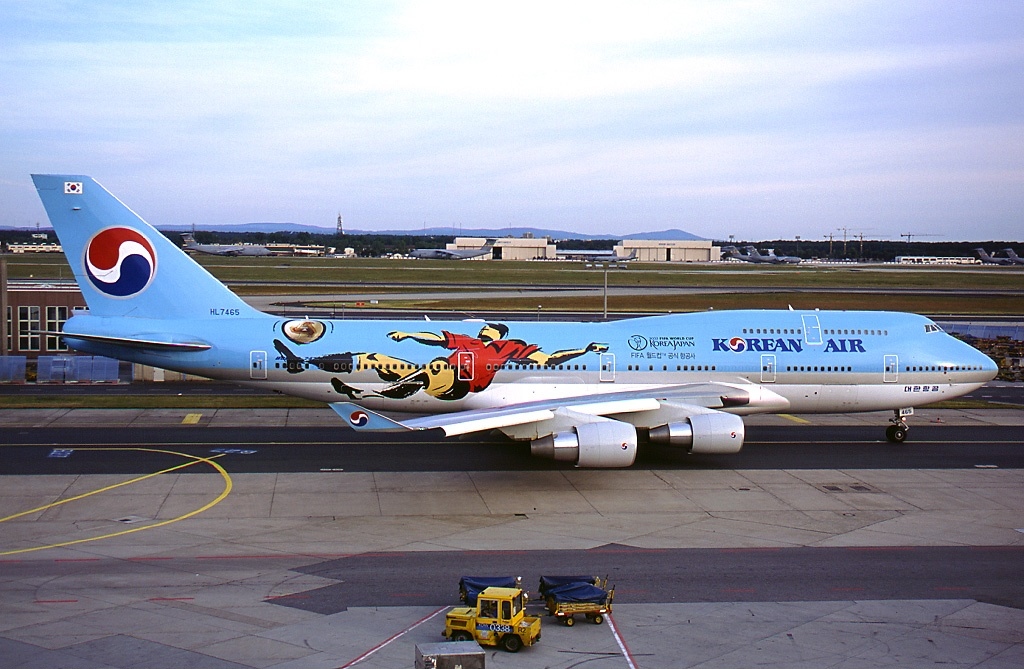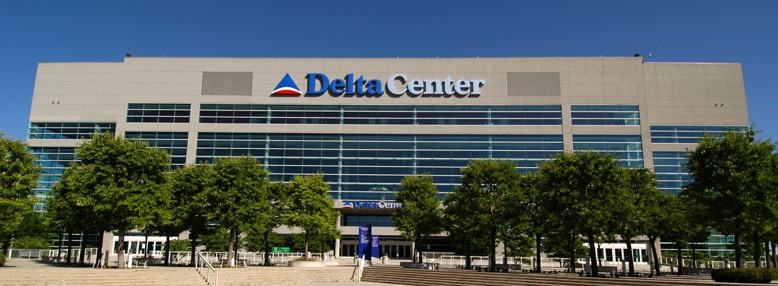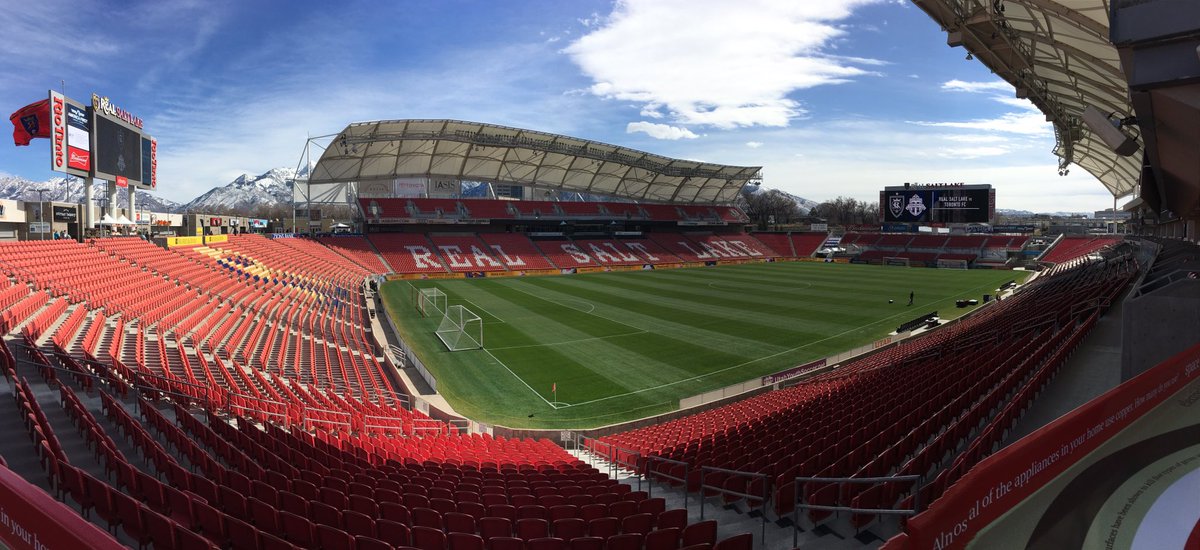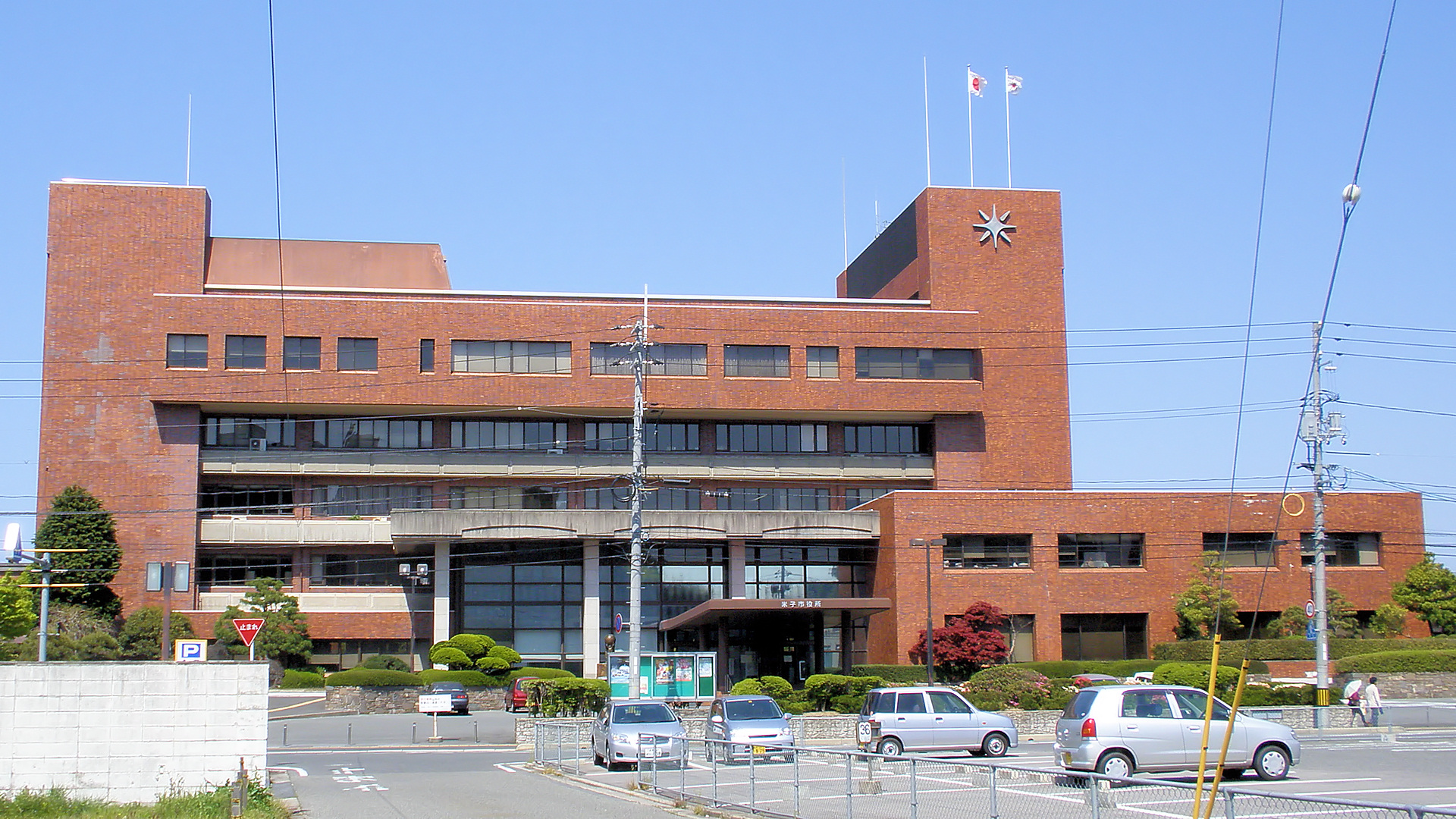|
Axis Bird Stadium
The is a 16,033-capacity multi-purpose stadium in Tottori, Tottori. The stadium is home to J3 League side Gainare Tottori. The stadium hosted Ecuador's national selection during the 2002 FIFA World Cup. It was formerly known as Tottori Stadium. Since April 2008 it has been called Tottori Bank Bird Stadium for the naming rights. The stadium has also hosted rugby union games. It is one of the few soccer-specific stadiums built in Japan before the 2002 FIFA World Cup boom, and as such Gainare Tottori uses it as part of its bid to be promoted to the J.League, since their home stadium in Yonago is a Cities of Japan, city in western Tottori Prefecture, Japan, facing the Sea of Japan and making up part of the boundary of Nakaumi, Lake Nakaumi. It is adjacent to Shimane Prefecture and across the lake from its capital of Matsue. It is the p ... was built for athletics and the town has no money for upgrading it. References External links The Rising Sun News - Tottori Stadium {{ ... [...More Info...] [...Related Items...] OR: [Wikipedia] [Google] [Baidu] |
Tottori, Tottori
is the capital and the largest city of Tottori Prefecture in the Chūgoku region of Japan. Within Japan the city is best known for its sand dunes which are a popular tourist attraction, drawing visitors from outside the prefecture. The sand dunes are also important as a centre for research into arid agriculture, hosting Tottori University's Arid Land Research Center. Most of Tottori is located in the western part of the San'in Kaigan Geopark. , the city has an estimated population of 192,912 and a population density of 250 persons per km2. The total area is 765.31 km2. Geography The city of Tottori which located in east next to the Chūgoku Mountains, the city flows the Sendai River. Much of city's gained as for result of mergers and neighboring satellite towns. Neighboring municipalities Tottori Prefecture * Yazu * Misasa *Chizu * Iwami * Yurihama * Wakasa Hyōgo Prefecture * Shin'onsen Okayama Prefecture * Kagamino * Tsuyama Climate Tottori ... [...More Info...] [...Related Items...] OR: [Wikipedia] [Google] [Baidu] |
Gainare Tottori
are a Japanese football club, based in Tottori, Tottori. They play in the J3 League. Their team colour is green. Their team name ''Gainare'' derives from the Tottori dialect word ''gaina'' meaning "great" and Italian ''sperare'' meaning "to hope". Their team mascot was a Japanese horror anime character Ge Ge Ge no Kitaro created by Shigeru Mizuki, a native of Sakaiminato, Tottori. History The club was founded in 1983 as Tottori Teachers' Soccer Club (鳥取教員団サッカー部 ''Tottori Kyōin Dan Sakkā Bu''). They opened their gate to players with other professions in 1989, renaming themselves ''S.C. Tottori''. They adopted their current name in 2007. They were promoted to the Japan Football League after finishing runners-up in the 2001 Regional League play-off. Nonprofit organisation Yamatsumi Sports Club operate the club. After defeating Arte Takasaki 1–0 on October 3, 2010 in their home stadium, at last they could secure JFL top four after failed attempts on two ... [...More Info...] [...Related Items...] OR: [Wikipedia] [Google] [Baidu] |
Multi-purpose Stadium
A multi-purpose stadium is a type of stadium designed to be easily used by multiple types of events. While any stadium could potentially host more than one type of sport or event, this concept usually refers to a specific design philosophy that stresses multifunctionality over specificity. It is used most commonly in Canada and the United States, where the two most popular outdoor team sports – Canadian football/American football and baseball – require radically different facilities. Football uses a rectangular field while baseball is played on a diamond and large outfield. Since Canadian football fields are larger than American ones, the design specifications for Canadian facilities is somewhat less demanding. The particular design to accommodate both is usually an oval, although some later designs use an octorad. While building stadiums in this way means that sports teams and governments can share costs, it also imposes some challenges. In North America, multipurpose sta ... [...More Info...] [...Related Items...] OR: [Wikipedia] [Google] [Baidu] |
J3 League
or simply J3 is the third division of . It was established in 2013 as the third-tier professional association football league in Japan. The third-tier nationwide league is a relatively recent development in Japanese football with a first attempt made in 1992 (second division of the old JFL), though it only lasted for two seasons. In 1999, following the establishment of J2 League, a new Japan Football League was created to comprise the third tier and lower divisions. After the introduction of J3, the JFL was demoted to the fourth-tier nationwide league, for the first time in history of Japanese football. The league is known as the for their title sponsor. On 20 December 2022, J3 League change logo colour is blue for 2023 season prior to 10th anniversary of third tier professional league below J1 and J2 colour is red and green. History of Japanese third-tier football Amateur era (until 2013) A national third tier of Japanese association football was first established along w ... [...More Info...] [...Related Items...] OR: [Wikipedia] [Google] [Baidu] |
Ecuador National Football Team
The Ecuador national football team ( es, Selección de fútbol de Ecuador) represents Ecuador in men's international football and is controlled by the Ecuadorian Football Federation (FEF). They joined FIFA in 1926 and CONMEBOL a year later. Discarding an invitation to participate in the inaugural FIFA World Cup held in Uruguay, Ecuador did not make their tournament debut until 2002. After finishing above Brazil and Uruguay in the standings, the qualifying campaign marked the emergence of several players, such as Agustín Delgado, Álex Aguinaga, Iván Hurtado, Ulises de la Cruz and Iván Kaviedes, who would set the stage for Ecuador's achievements in the next decade. Having reached the Round of 16 in a memorable 2006 World Cup campaign, they were expected to deliver at the 2007 Copa América but were eliminated in the group stage. Along with Venezuela, they have not won the continental tournament. ''La Tri''s best performance was fourth in 1959 and 1993, both times on home ... [...More Info...] [...Related Items...] OR: [Wikipedia] [Google] [Baidu] |
2002 FIFA World Cup
The 2002 FIFA World Cup, also branded as Korea Japan 2002, was the 17th FIFA World Cup, the quadrennial Association football, football world championship for List of men's national association football teams, men's national teams organized by FIFA. It was held from 31 May to 30 June 2002 at sites in South Korea and Japan, with its 2002 FIFA World Cup Final, final match hosted by Japan at Nissan Stadium (Yokohama), International Stadium in Yokohama. A field of 32 teams qualified for this World Cup, which was the first to be held in Asia, the first to be held outside of the Americas or Europe, as well as the first to be jointly-hosted by more than one nation. China national football team, China, Ecuador national football team, Ecuador, Senegal national football team, Senegal, and Slovenia national football team, Slovenia made their World Cup debuts. The tournament had several upsets and surprise results, which included the defending champions France national football team, Franc ... [...More Info...] [...Related Items...] OR: [Wikipedia] [Google] [Baidu] |
Naming Rights
Naming rights are a financial transaction and form of advertising or memorialization whereby a corporation, person, or other entity purchases the right to name a facility, object, location, program, or event, typically for a defined period of time. For properties such as multi-purpose arenas, performing arts venues, or sports fields, the term ranges from three to 20 years. Longer terms are more common for higher profile venues such as professional sports facilities. The distinctive characteristic for this type of naming rights is that the buyer gets a marketing property to promote products and services, promote customer retention and/or increase market share. There are several forms of corporate sponsored names. For example, a ''presenting sponsor'' attaches the name of the corporation or brand at the end (or, sometimes, beginning) of a generic, usually traditional, name (e.g. Mall of America Field at Hubert H. Humphrey Metrodome); or, a ''title sponsor'' replaces the origin ... [...More Info...] [...Related Items...] OR: [Wikipedia] [Google] [Baidu] |
Rugby Union
Rugby union, commonly known simply as rugby, is a close-contact team sport that originated at Rugby School in the first half of the 19th century. One of the two codes of rugby football, it is based on running with the ball in hand. In its most common form, a game is played between two teams of 15 players each, using an oval-shaped ball on a rectangular field called a pitch. The field has H-shaped goalposts at both ends. Rugby union is a popular sport around the world, played by people of all genders, ages and sizes. In 2014, there were more than 6 million people playing worldwide, of whom 2.36 million were registered players. World Rugby, previously called the International Rugby Football Board (IRFB) and the International Rugby Board (IRB), has been the governing body for rugby union since 1886, and currently has 101 countries as full members and 18 associate members. In 1845, the first laws were written by students attending Rugby School; other significant even ... [...More Info...] [...Related Items...] OR: [Wikipedia] [Google] [Baidu] |
Soccer-specific Stadium
Soccer-specific stadium is a term used mainly in the United States and Canada to refer to a sports stadium either purpose-built or fundamentally redesigned for soccer and whose primary function is to host soccer matches, as opposed to a multi-purpose stadium which is for a variety of sports. A soccer-specific stadium may host other sporting events (such as lacrosse, American football and rugby) and concerts, but the design and purpose of a soccer-specific stadium is primarily for soccer. Some facilities (for example SeatGeek Stadium, Toyota Stadium and Historic Crew Stadium) have a permanent stage at one end of the stadium used for staging concerts. A soccer-specific stadium typically has amenities, dimensions and scale suitable for soccer in North America, including a scoreboard, video screen, luxury suites and possibly a roof. The field dimensions are within the range found optimal by FIFA: long by wide. These soccer field dimensions are wider than the regulation American fo ... [...More Info...] [...Related Items...] OR: [Wikipedia] [Google] [Baidu] |
Yonago, Tottori
is a city in western Tottori Prefecture, Japan, facing the Sea of Japan and making up part of the boundary of Lake Nakaumi. It is adjacent to Shimane Prefecture and across the lake from its capital of Matsue. It is the prefecture's second largest city after Tottori, and forms a commercial center of the western part of this prefecture. As of October 1, 2017, the city has an estimated population of 148,720 and a population density of 1,100 persons per km2. The total area is 132.21 km2. It is home to the Yonago City Museum of Art. Kaike Onsen, which sits along the Miho Bay and is part of Yonago, is said to be the birthplace of the triathlon in Japan. Since the city has begun to develop into a trade center of note, it has acquired the nickname ''Osaka in San-in''. Etymology The name of Yonago in the Japanese language is formed from two ''kanji'' characters. The first, , means "rice", and the second, means "child". History Yonago was first formally organized as a town in Octo ... [...More Info...] [...Related Items...] OR: [Wikipedia] [Google] [Baidu] |
Tottori (city)
is the capital and the largest Cities of Japan, city of Tottori Prefecture in the Chūgoku region of Japan. Within Japan the city is best known for Tottori Sand Dunes, its sand dunes which are a popular tourist attraction, drawing visitors from outside the prefecture. The sand dunes are also important as a centre for research into arid agriculture, hosting Tottori University's Arid Land Research Center. Most of Tottori is located in the western part of the San'in Kaigan Geopark. , the city has an estimated population of 192,912 and a population density of 250 persons per km2. The total area is 765.31 km2. Geography The city of Tottori which located in east next to the Chūgoku Mountains, the city flows the Sendai River. Much of city's gained as for result of mergers and neighboring satellite towns. Neighboring municipalities Tottori Prefecture * Yazu * Misasa, Tottori, Misasa *Chizu, Tottori, Chizu * Iwami, Tottori, Iwami * Yurihama, Tottori, Yurihama * Wakasa ... [...More Info...] [...Related Items...] OR: [Wikipedia] [Google] [Baidu] |
